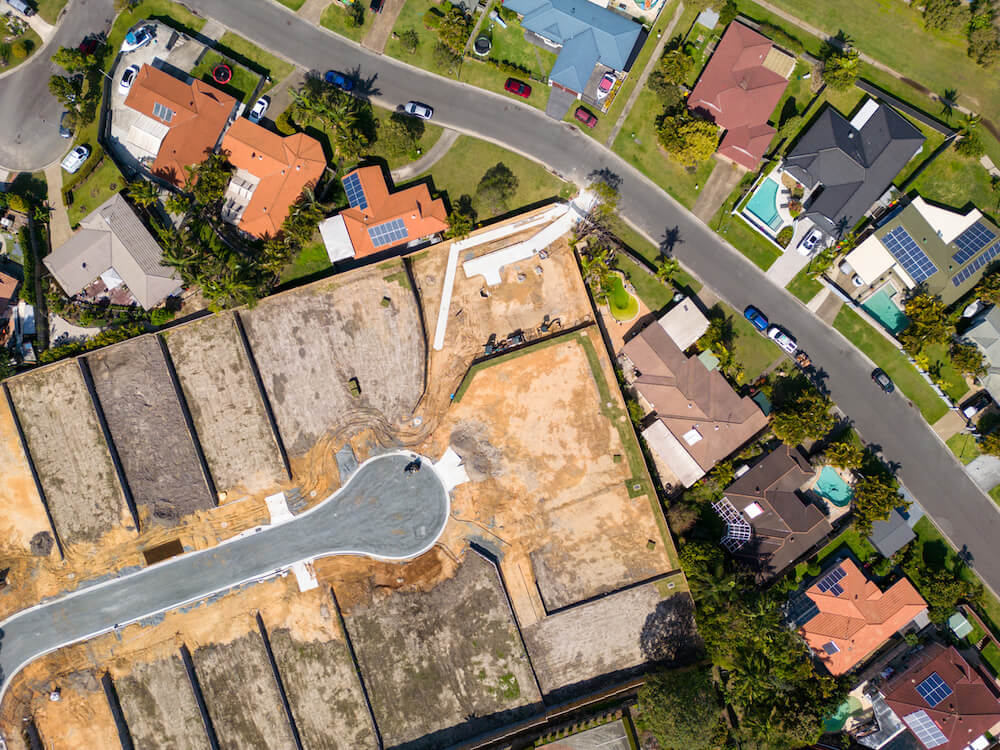Permits are a necessary part of building and development, more than just bits of red tape to work through. Their purpose is to ensure that all structures are built according to local ordinances and national codes, and that they are structurally sound and safe. It doesn’t matter if you’re planning a simple remodel or constructing a new high-rise, guaranteeing compliance with your permit’s requirements is essential. And while developing a property can be a complex process, the following steps will allow you to work through building permit compliance with greater confidence.
Step 1: Understand the Importance of Permits
Regardless of size, every construction project requires a building permit before any work begins. It is a legal document giving you permission to start construction or demolition. It is only issued once your local planning office is satisfied that the project meets the safety standards, zoning laws, and other regulations set forth by your local code.
Step 2: Familiarize Yourself with Local Building Codes
Building codes can vary greatly depending on your location. Read up on the requirements for your region to avoid any issues during the inspection process. These codes cover everything from structural safety to energy efficiency. Ensuring you’re familiar with these rules will simplify your project planning and execution stages.
Step 3: Prepare Detailed Project Plans
Detailed project planning is a critical step in obtaining a building permit. Your project plans should include architectural drawings, a site and floor plan, and details on how you will manage building codes specific to your region. Hiring a professional can speed up the process, especially if you’re unfamiliar with it.
Step 4: Submit Your Application
Once you’ve gathered all the necessary documents, you’re ready to submit your application. Your application may need to include the project plans, property deeds, and a permit fee. Depending on the complexity of the project, and how busy your local building department is, the review process could take a few weeks.
Step 5: Address Reviewer Feedback
Be prepared to have your application returned with requests for revisions or more information. It is normal for this to happen and doesn’t mean you won’t be issued with a permit. Work through the feedback with your team and any assisting professionals. Make revisions if requested, and add the extra information asked for before resubmitting your application.
Step 6: Start Your Project
Once you’ve secured your permit, you’re ready to break ground. However, receiving a permit does not mark the end of compliance. You need to continue following the plans precisely, as deviations can lead to issues later.
Step 7: Schedule Regular Inspections
Regular inspections throughout the building process are crucial to maintaining permit compliance. These inspections ensure the project stays on track and any issues with construction or code compliance are addressed timely.
Step 8: Close Out the Permit
Once construction has ended, a final inspection will take place, checking to ensure that all building codes have been adhered to and that the building is ready for use. If everything is found to be compliant, the permit is closed.
With careful planning, due diligence, and a focus on collaboration, you can ensure building permit compliance. This helps you avoid delays, additional costs, and legal issues throughout your project. If your local planning office has already implemented eCheck by Archistar, you can expect faster building permit approvals. Digital submissions are assessed against local codes and regulations immediately, giving you an opportunity to correct any issues without waiting weeks for feedback. And higher quality submissions mean your city can approve new projects faster. Encourage them to request a demo of eCheck to see its benefits for the city and local developers.


